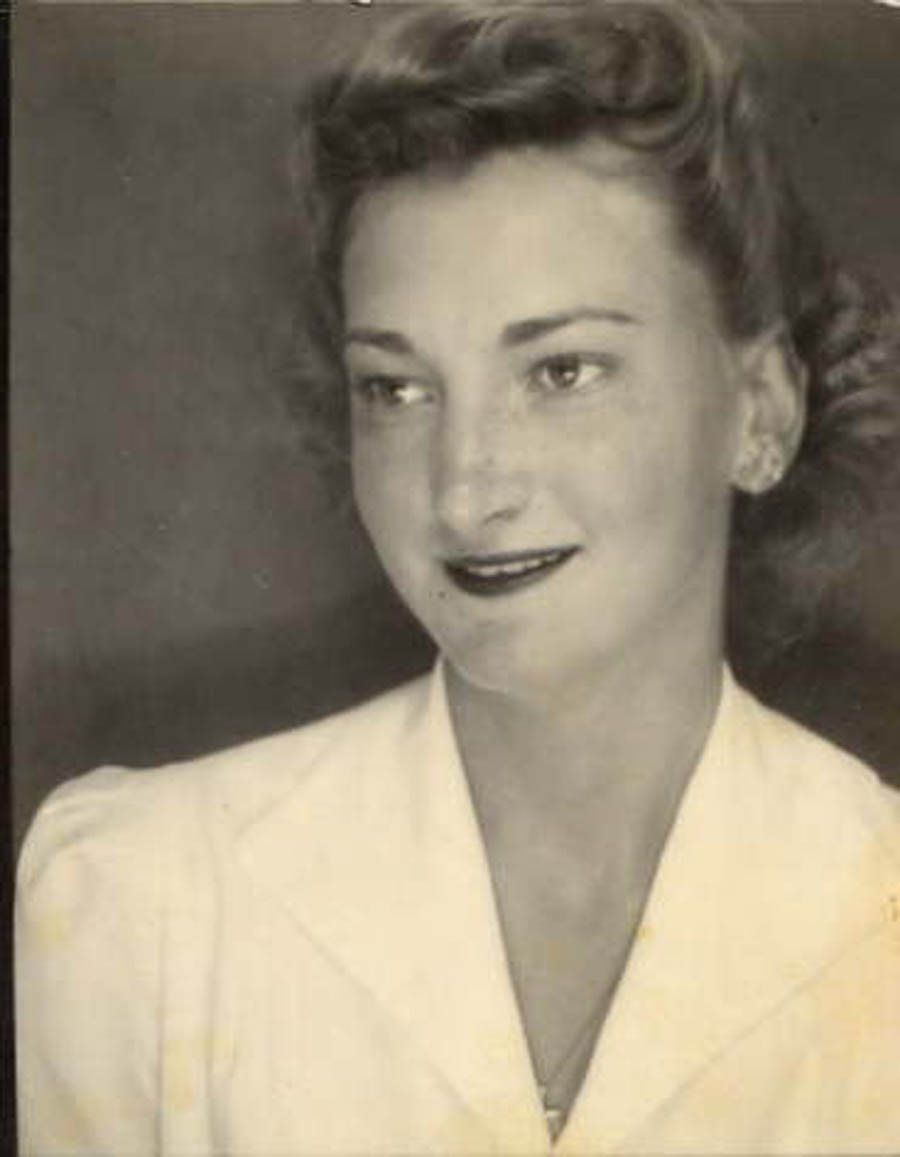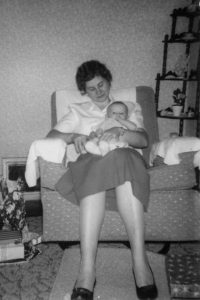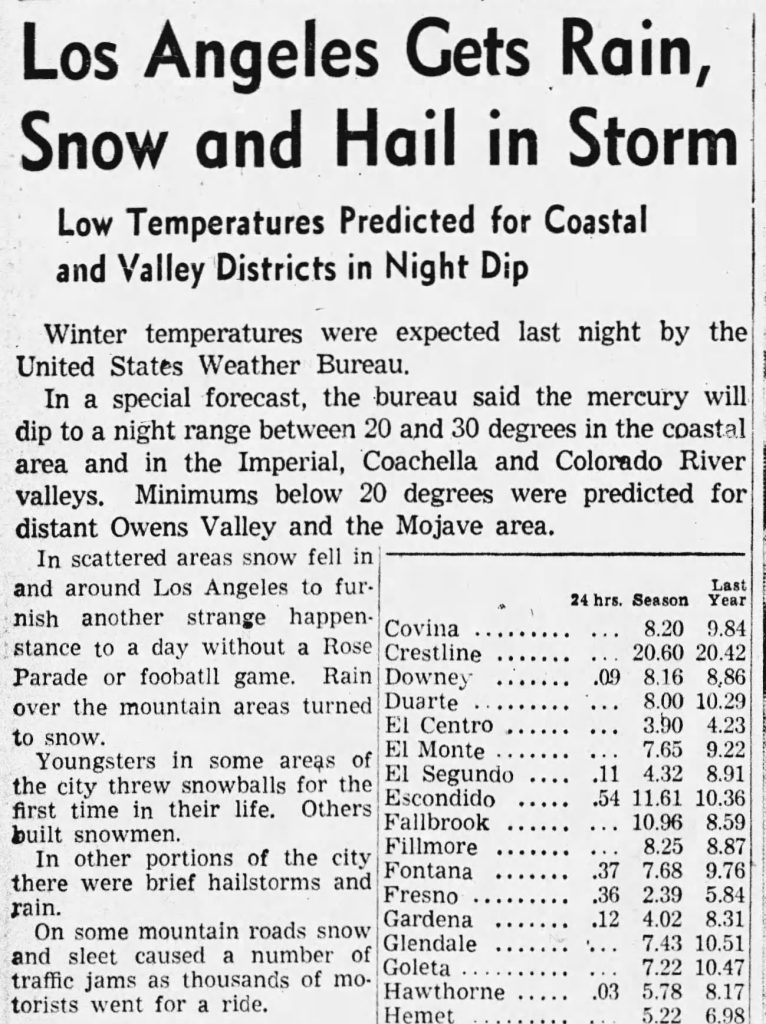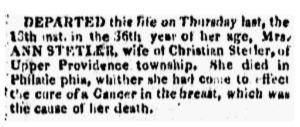Having joined the Society of Friends, Francis Pellett, like many other Quakers, decided to go to America where religious freedom was said to exist. When he left Ireland, he knew where he has headed, but he had no idea that he would live in multiple states and create a huge family that would spread out over the country.
 Francis in Ireland
Francis in Ireland
Francis Pellett is said to have been born in 1765 in Galway, Ireland. His parents may be George Pellett and his wife Eleanor. However, I have not found proof in Ireland of his early years.
The first records that can be confirmed as the same man are when he was nearly 30 years of age. At that time, Francis joined the Society of Friends. No mention of his family is included in the records.
Coming to America
Only a couple of years after joining the Friends, Francis requested a certificate to move to America. His reasons for making the journey are unknown. However, if the story of religious persecution of his ancestors is true, Francis very well may have chosen to leave Ireland for religious reasons. Read his ancestors’ story of religious persecution: Out Of Religious Persecution Rises A Family.
The certificate he received was to the meeting at York Town, Pennsylvania, North America. Although Philadelphia includes an area called York Town, it seems that this likely refers to York, Pennsylvania. The small town, according to the city’s website, is where the phrase “the United States of America” was coined when the Continental Congress met there during the Revolutionary War.
By the time Francis arrived, the town’s population had reached close to 2,500. The York Meetinghouse, which had been built in 1766, had already undergone an expansion.
Creating A Family
 It was four more years before Francis would marry at the Menallen Monthly Meeting, which was about 30 miles west of York. He was 34 at the time of his marriage. Meanwhile, his bride Mary John, daughter of Abel John and Mary Fisher, was approximately 10 years his junior. Mary was a birthright Quaker, as her parents were both Quakers prior to their marriage.
It was four more years before Francis would marry at the Menallen Monthly Meeting, which was about 30 miles west of York. He was 34 at the time of his marriage. Meanwhile, his bride Mary John, daughter of Abel John and Mary Fisher, was approximately 10 years his junior. Mary was a birthright Quaker, as her parents were both Quakers prior to their marriage.
They went through the Friends’ marriage process, which included having Friends appointed to meet with them to make sure that they approved of the marriage. These meetings were not just a formality. The Friends wanted to make sure the couple had a good foundation of friendship and companionship before approving of the marriage.
In the case of Francis and Mary, they had the additional complication of not being members of the same meeting. Thus, Francis had to request a certificate from the York Monthly Meeting to the Menallen Monthly Meeting in order to marry Mary. After stating their intention (sometimes multiple times) and satisfying the Friends who investigated their marriage, Francis and Mary were allowed to marry.
The following year, Francis, Mary, and their first child Eleanor were in Pike Run Township in Washington County, Pennsylvania. While living in that area, the family joined with the Friends at the Westland Monthly Meeting.
In 1807, the family got a certificate to the Middletown Monthly Meeting in Columbiana County, Ohio. By this time, the family had grown to also include Able John, Mary, and Elizabeth. They lived for a time in Springfield Township, which is now part of Mahoning County. Later they moved to Elk Run Township and joined with the Carmel Monthly Meeting.
It was in Columbiana County that the remainder of their children were born.
A Time of Change
The 1820s brought a time of change. Francis and Mary’s children were becoming adults, marrying, and making their own decisions about their beliefs.
It wasn’t simply a question of keeping the Quaker faith or leaving it. The Friends were going through a time of change, as well, with the “great separation” occurring at the 1827-1828 Philadelphia Yearly Meeting. Even before this date, however, Quakers started separating into two factions: Hicksite and Orthodox. Hicksites “emphasized the role of the Inward Light in guiding individual faith and conscience” while Orthodox “espoused a more Protestant emphasis on Biblical authority and the atonement.” Source: https://quakerinfo.org/quakerism/branches/history.
Movement Between Meetings
A considerable movement between meetings occurred. In 1824, Elizabeth and Mary left the Carmel Monthly Meeting (Columbiana County, Ohio) where the family belonged and changed to the Sandy Springs Monthly Meeting for unknown reasons. Then in 1831 Joseph changed to the Marlborough Monthly Meeting to get married after which his wife was received back into the Carmel Monthly Meeting. In 1835, Joseph and his family got a certificate to the New Garden Monthly Meeting. Joseph would eventually move his family to Marshall County, Indiana.
Marrying Out of Unity
The first significant change was in 1823 when their oldest daughter Eleanor was disowned for marrying out of unity as she married Martin Kennedy, a non-Quaker. Mary would later be disowned for marrying George Kennedy. Both couples quickly moved across the state line and lived for a time in Pennsylvania. A few years later they settled in Parke County, Indiana.
Joining the Hicksites and Other Societies
Rachel joined another society (e.g. not Quaker of either type). However, she must have returned as she, like Eleanor and Mary, was later condemned for marrying contrary to discipline.
Abel John got a certificate in 1825 to the Short Creek Monthly Meeting to marry Unity (Eunity) Harrison. Three years later Unity transferred to the Carmel Monthly Meeting, but soon Abel would join the Hicksites, leaving them a family split with regards to beliefs. Unity raised the children according to her beliefs obtaining a certificate to the Marlborough Monthly Meeting in 1830 and then returning in 1841. Three years later Unity and the children got a certificate to the Alum Creek MM, which meant that the family was making a major move to central Ohio. After four years in that location Unity got a certificate for her and most of the children to the Goshen Monthly Meeting in Logan County, Ohio, which meant packing up the family for another significant move. Abel and Unity’s oldest son George would follow the next year.
Lorenzo’s story was really interesting as he was disowned because he joined the Hicksites. Then is wife, who belonged to the Carmel Monthly Meeting, was disowned for marrying out of unity despite the fact that Lorenzo was still a Quaker, just one with a different perspective and had belonged to the same meeting. They left the area and moved to Richland County, Wisconsin, where they would raise their family.
Joseph, Mary, Nancy (Ann), and Elizabeth all joined the Hicksites for periods of time. Elizabeth also joined another society. So, it is clear that the family was testing their own beliefs and moving between organizations with different belief systems.
In and Out
During this time, even Francis had trouble with the meeting. In 1826, no longer belonged to the Carmel Monthly Meeting with the rest of the family as he had said or acted in a way that was contrary to the beliefs of the Quakers and had been disowned. However, three years later, likely after he sufficiently denounced what he had said or done, he was allowed back into the meeting. In 1846, Francis, Mary, and Matilda, who had joined the Hicksites, but apparently returned, got a certificate to the Honey Creek Monthly Meeting in Indiana in Vigo County, Indiana, which was adjacent to Parke County, where they made their new home. Francis made a will and died later that year. It is said that he died in Marshall County where his son Joseph and family lived. It is possible that he traveled to that area or that family records were simply in error.
Spreading Across The Country
The family continued to grow and expand, spreading across the country. By the time the third generation of the family was beginning to start their families, there were three main areas of concentration of Francis and Mary’s descendants.
- Lorenzo’s family and others in the family created a major presence in Richland County, Wisconsin.
- Parke County, Indiana also had a large number of descendants with other descendants scattered across the state.
- My family line was in Logan County, Ohio as the first of Abel and Unity’s children began to strike out on their own. However, all their living children, but the oldest two would move with them to Bourbon County, Kansas, where they would have a large presence for many years.
My third great grandparents Abel and Unity (Harrison) Pellett left their oldest son George behind in Logan County, Ohio where he and his family continued their association with the Friends. Their daughter Sarah married and moved with her husband to other locations in Ohio, Indiana, and eventually Illinois.
Meanwhile, Abel, Unity, and the other children settled in Bourbon County, Kansas about 1869. The family expanded a great deal and many are buried in Clarksburg Cemetery near Garland, Kansas. I claim to be related to half the people buried there (maybe a slight exaggeration) since many people related to my maternal family line are buried in the cemetery.




 Francis in Ireland
Francis in Ireland It was four more years before Francis would marry at the Menallen Monthly Meeting, which was about 30 miles west of York. He was 34 at the time of his marriage. Meanwhile, his bride Mary John, daughter of Abel John and Mary Fisher, was approximately 10 years his junior. Mary was a birthright Quaker, as her parents were both Quakers prior to their marriage.
It was four more years before Francis would marry at the Menallen Monthly Meeting, which was about 30 miles west of York. He was 34 at the time of his marriage. Meanwhile, his bride Mary John, daughter of Abel John and Mary Fisher, was approximately 10 years his junior. Mary was a birthright Quaker, as her parents were both Quakers prior to their marriage.





 Cancer
Cancer


